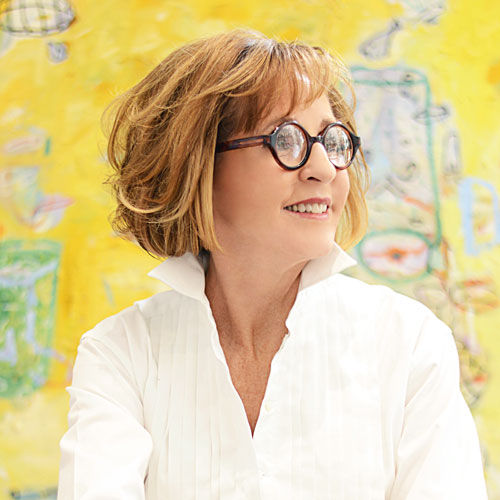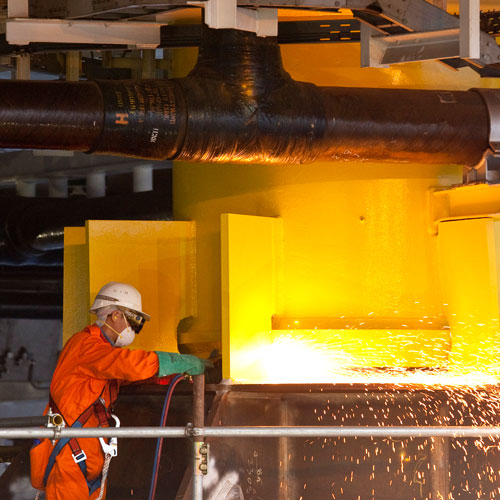
It takes a village to make a state such as Colorado green, and the Alliance Center pretty much is one, housing under its roof more than 20 organizations with missions to advance sustainability. The Denver-based LEED Gold structure (which may soon be recertified at the Platinum level) is allowing its tenants to stay for below-market rates as they work to clean rivers, promote active transportation, champion biological diversity, lobby for renewable energy, and pursue other green goals. And, by keeping the various organizations in the same space, the Alliance for Sustainable Colorado (which runs the Alliance Center) is actually encouraging teamwork and collaboration among them. Perhaps most intriguing, though, is that the whole project is being conducted within a former warehouse first built in 1908.
__________________________________
It all began with a simple idea. “Our founder wanted to get people thinking and working collaboratively,” says Jason Page, director of the Alliance Center. “He said, ‘Wouldn’t it be great if everyone were all in one place?’” From this, the Alliance for Sustainable Colorado hatched a plan for its center and began to look for properties with strong potential for renovation.
What it found was a building that, over the years, had been used for transfer and storage, office work, and book-distribution operations. The building was already in a popular downtown location near public transit and accessible to cyclists, and it required no remediation to remove unhealthy residues, so the Alliance for Sustainable Colorado purchased the 41,000-square-foot structure in 2004 and quickly set about transforming it into a LEED-certified hub for sustainable education and outreach.

Teams added features to reduce water and energy consumption, and they installed low-VOC materials to improve indoor air quality. They also installed lockers and showers for bikers. “It’s almost always greener to renovate than tear down,” Page says. “But old buildings have their challenges. Ductwork has to run around existing beams, and replacing old windows can be cost-prohibitive.” Additionally, some of the structure’s floors needed leveling, its foundation was problematic, and its high-ceilinged loft interiors put greater demands on its HVAC system and warped its acoustics.
Once its renovation was completed, though, the building garnered wide recognition: LEED Gold for Existing Buildings, LEED Silver for Commercial Interiors, an Energy Champion award from the Colorado Governor’s Office of Energy Management and Conservation, an Energy Star rating of 85, the City and County of Denver’s Mayor’s Design Award, and official notice from the White House’s Better Building Challenge. And, these were just for the physical structure; the Alliance for Sustainable Colorado earned its own set of awards for its programming.

The project was a total success, but then the heating and cooling system, a legacy from the previous building owner, began to fail in 2011. Replacing it was expensive, but it also catalyzed the structure’s second major transformation—into a 21st-century workplace.
More teams installed a new variable-air-volume (VAV) system, and they upgraded all the lighting to LEDs and included a lighting-management system with occupancy sensors. New interior architecture increased the density of the center’s office space—taking the structure from 140 to 260 workstations—and also added more natural daylighting. And, finally, submetering of all the building’s electrical systems now provides data on tenant use, helping to facilitate a culture of conservation that will become more ingrained in the center’s occupants as time goes by.

At press time, the Alliance for Sustainable Colorado also hoped to have rooftop wind and solar systems installed by the end of 2014; the systems are expected to generate 100 kilowatts and 20 kilowatts of power respectively. With these and other upgrades (a gearless elevator, a green cleaning program, aggressive waste-stream monitoring, a white roof membrane, etc.), the building is primed for Platinum recertification under the guidelines for LEED for Existing Buildings: Operations + Management.

The Alliance Center’s tenants are now accomplishing much from their hypergreen work spaces. And, in addition to working toward their respective goals, many have collaborated to work on larger legislative efforts, including bills to reduce water consumption (through high-efficiency water fixtures), to protect the Colorado Renewable Energy Standard, and to fund alternative forms of school transportation such as biking and walking. Page attributes the center’s success not just to the way it encourages teamwork, though—he also points out that the building’s tenants collectively save $150,000 per year thanks to their lower-cost rent, allowing them to allocate more resources elsewhere.

Coalition building has a long history of driving social change and effecting favorable outcomes, particularly in the legislative arena, and the Alliance for Sustainable Colorado is embracing the strategy as it brings together smaller organizations, the Davids who must battle wealthy, opposing-interest Goliaths. The Alliance Center’s tenants have already chalked up a number of green victories, and their wins are thanks in no small part to the finely renovated structure they call home.



